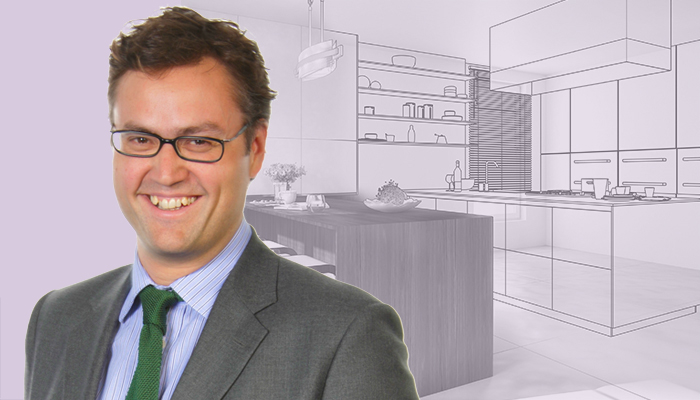5 ways to prevent your designs infringing intellectual property rights

5 ways to prevent your designs infringing intellectual property rights
In the world of kitchens and bathrooms, there are lots of different types of rights to consider, from design rights and patents, through to copyright and trademarks. And if you don’t take care to avoid infringing intellectual property rights it can be costly. Anything that is a creation of the mind could be considered ‘intellectual property’, but what legal protections may apply is a much more complex question – Muckle LLP partner and dispute resolution lawyer George Festing tackles a few misconceptions, and outlines his top tips for avoiding infringement of intellectual property rights.
1. Using other people’s work in a design brief
Many disputes in this area arise from a design brief from a client or to another member of a design team that includes someone else’s work along with the words ‘something that looks like this’. A brief of this sort risks infringing other people’s rights. To avoid this pitfall, it’s best to focus on using your own creativity – drawings, CAD renderings, and also words, to explain the look and style that is required. That might include descriptions such as ‘clean lines, modern living, etc…’ but avoid sharing any images of other people’s designs to illustrate a point.
2. As long as I change the design a bit it’s fine
In the creative industries, you are likely to absorb all sorts of influences and styles through education, training and experience, and that isn’t necessarily a problem. However, you must take care not to copy another designer’s work. Making a few changes to a design classic is unlikely to avoid infringing the rights in the original work. You can – and should – expect rights owners to take action against anyone who infringes their rights.
3. It’s publicly available on the internet and is not registered so I can use it
Just because it is available on the internet and does not appear to be registered doesn’t mean that it’s not subject to rights. It also does not mean that you can use it without agreeing terms with the rights owner. There are automated processes that scour the internet looking for rights infringements that are then pursued aggressively by, or on behalf of, rights owners. If you haven’t got clearance to use material you do not own, you are at risk of a claim.
4. Whoever commissioned it and paid for it must own the rights
The first owner of copyright is the author, which is great news if you’re responsible for a design. However, if you’re drafting in support and are commissioning work from a freelance designer, it’s important to agree what the rights position will be as part of the contractual negotiation. You should also bear in mind that the usual position is that intellectual property created during employment vests with the employer not the designer employee.
5. Copyright, patents and trademarks – it’s all the same really
It’s important to understand that there are different forms of rights and protections when it comes to intellectual property. Some require registration and some do not and different rights subsist for different time periods. Some works may be protected by a number of different intellectual property rights. Some may not. You should take advice from a specialist if you are unsure about what you need to look out for.
George Festing can be contacted for legal advice on 0191 211 7917
Tags: features, insight, intellectual property, legal advice, kitchens, bathrooms

























